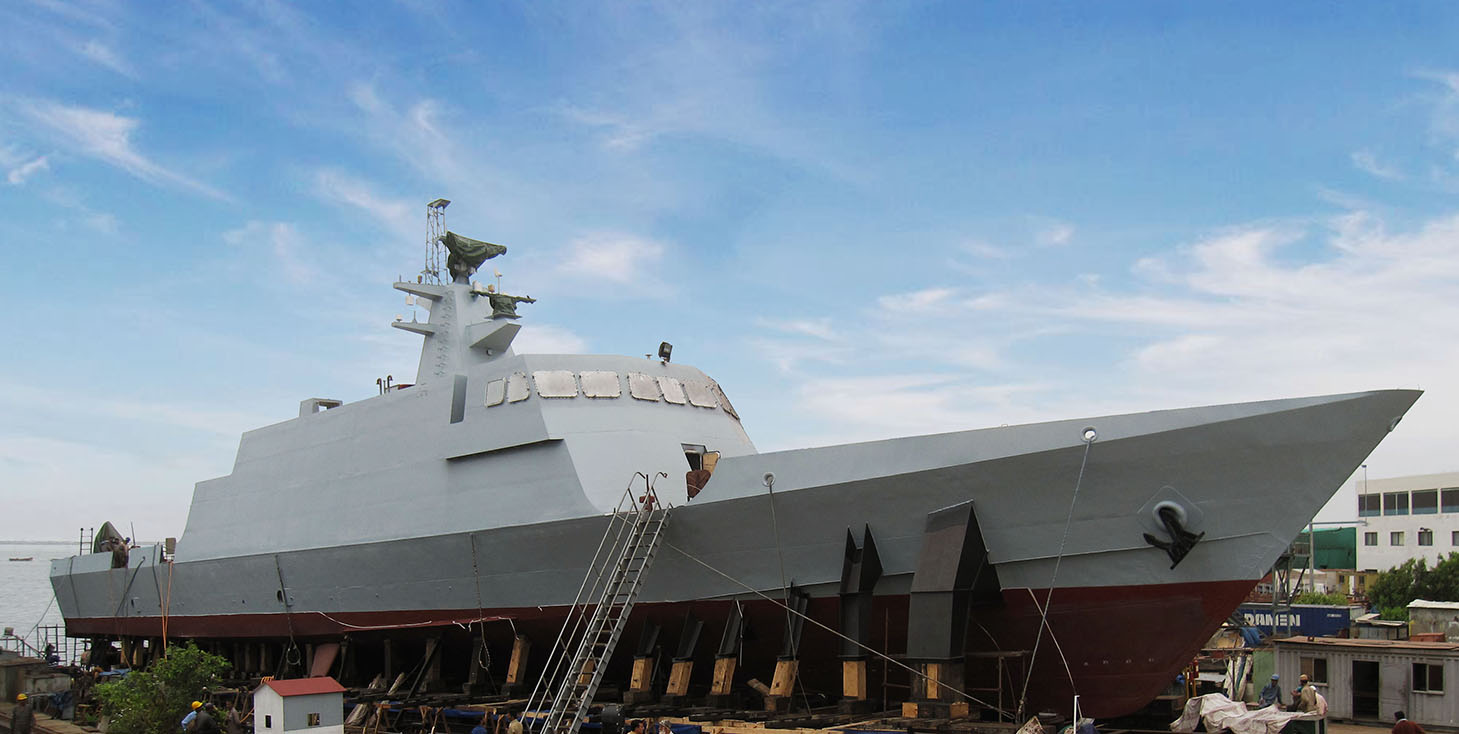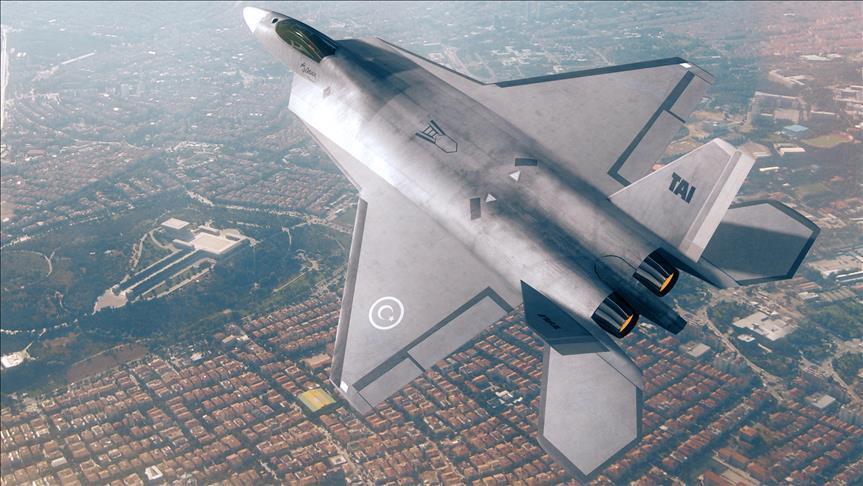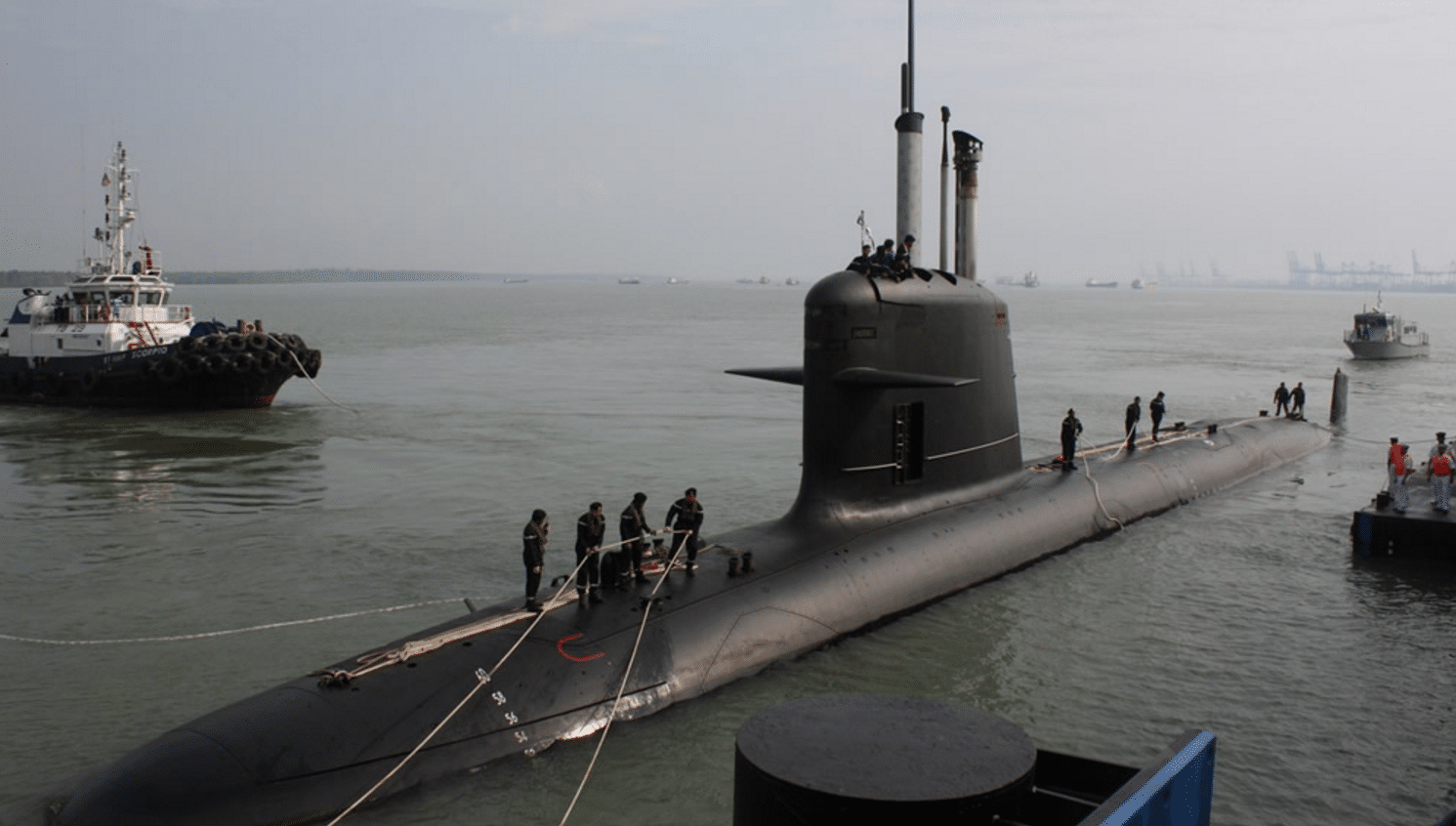2942Views 1Comment

Third Azmat-class fast attack craft will be launched on this week
The third Azmat-class fast attack craft (FAC) is scheduled to be launched from Karachi Shipyard and Engineering Works (KSEW)’s shipyard this Friday (16 September 2016). According to a news release by KSEW, the FAC had been under construction August 2015.
Notes, Comments & Analysis:
There are currently two Azmat-class FACs in service with the Pakistan Navy – PNS Azmat and PNS Dehshat. Pakistan ordered four Azmat-class FACs from China Shipbuilding and Offshore Company (CSOC) in 2010. Under the agreement, three of the four FACs were to be built in Pakistan by KSEW.
The Pakistan Navy commissioned PNS Azmat and PNS Dehshat in June 2012 and June 2014, respectively.
The Azmat-class FAC has a displacement of 560 tons and is capable of carrying eight C-802 anti-ship missiles (AShM) via two quad-cell launchers at the aft of the ship. According to IHS Jane’s, the FAC is also equipped with a Type 347 fire-control radar, a 30mm forward mounted gun, two 12.7mm machine guns, and an AK-630 close-in-weapons system (CIWS) for protection against incoming AShM.
The Azmat-class FAC was procured in the aftermath of a shelved plan to acquire four corvettes from Turkey in the late 2000s (but revived in 2016). A littoral defence asset at heart, the Azmat-class FAC is a well-armed package (sporting as many AShM as the larger Zulfiqar-class frigate).
The ship’s hull was designed on low radar cross-section (RCS) principles and is aimed at reducing the ship’s radar, acoustic and infrared signatures. Powered by four diesel engines, the FAC is capable of travelling at a maximum speed of 30 knots (55 km/h) and up to a range of 1000 nautical miles (1852 km).
It is not known if the Pakistan Navy will opt for additional Azmat-class FACs. However, given the FAC’s displacement of 560 tons, there is little reason for Pakistan to not examine ideas for better armed – and multi-mission oriented – iterations of the Azmat design.
In fact, there are already ships of comparable size – if not smaller (such as Finland’s Hamina-class FAC) – capable of carrying AShM as well as surface-to-air missiles (SAM). There are already radars on the market, such as the active electronically-scanned array (AESA)-based Saab Sea Giraffe 1X, which are both compact and capable enough (100km detection range) to enable smaller ships such as FACs to operate with a relatively high level of effectiveness.



1 Comment
by Sami Shahid
nice….Pakistan should produce more Fast Attack Crafts !